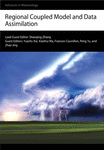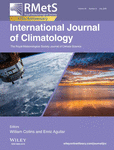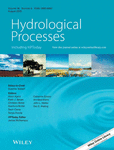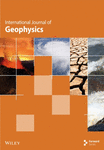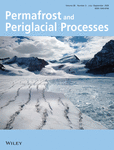Journal list menu
Export Citations
Download PDFs
Research Article
Open Access
oa
Assimilation of Aircraft Observations in High-Resolution Mesoscale Modeling
- First Published: 19 February 2018
Research Article
Open Access
oa
Formulations for Estimating Spatial Variations of Analysis Error Variance to Improve Multiscale and Multistep Variational Data Assimilation
- First Published: 07 February 2018
Research Article
Open Access
oa
The High Order Conservative Method for the Parameters Estimation in a PM2.5 Transport Adjoint Model
- First Published: 25 December 2017
Research Article
Open Access
oa
Optimal Configuration Method of Sampling Points Based on Variability of Sea Surface Temperature
- First Published: 19 December 2017
Research Article
Open Access
oa
A Potential Density Gradient Dependent Analysis Scheme for Ocean Multiscale Data Assimilation
- First Published: 05 December 2017
Research Article
Open Access
oa
An Efficient T-S Assimilation Strategy Based on the Developed Argo-Extending Algorithm
- First Published: 16 October 2017
Research Article
Open Access
oa
Evaluation of the Impact of Argo Data on Ocean Reanalysis in the Pacific Region
- First Published: 01 May 2024
Research Article
Open Access
oa
A Quality Control Method Based on an Improved Random Forest Algorithm for Surface Air Temperature Observations
- First Published: 10 July 2017




